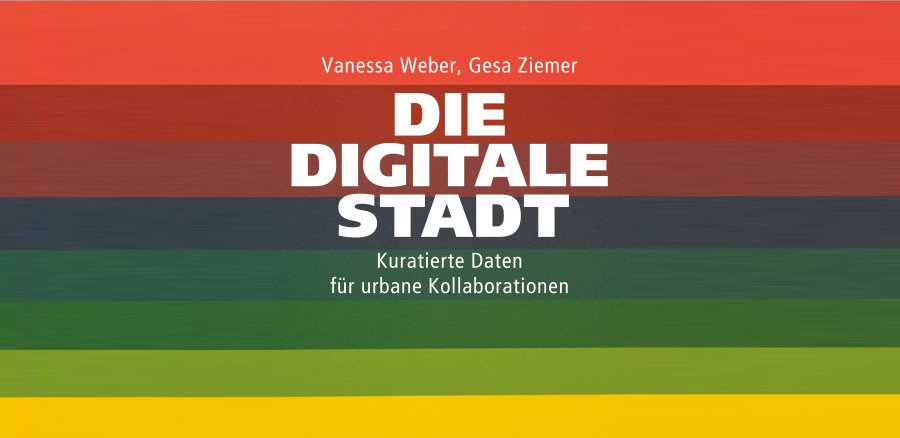Curating (in) the City
Contemporary curatorial practice no longer occurs only in classical art spaces such as galleries, museums or theatres but instead intervenes in public urban spaces. What becomes particularly evident in the light of these expansions of the curatorial is a shift in the conditions and mechanisms that determine how contemporary public art is produced and how it impacts society today.
The German Research Association funded (DFG – ZI 1627/3-1) research project analyses the fundamental transformations that lead to an expansion of the curatorial with regard to the production of contemporary public art. Based on three international case studies, the research project investigates the specific actors‘ constellations and modes of organization that lead to specific (institutional) forms of cooperation and organization. Secondly, it examines the working methods of contemporary curators.
It is to be examined to what extent the requirements and working activities of the curators converge with the changes in the field of art. Thirdly, the relationship between curatorial practices and attempts to establish new public spheres is critically analysed. The aim was to deliver a detailed analysis, on the one hand, of the observable intersections of art production and urban culture, on the other hand, of the shift from education to the assembly of new publics.
The new challenges of urban art production lead to a practice of ‘curating (in) the city’, which has to be analysed in its function for the production of art specifically in the city as well as for the creation of urban culture.

